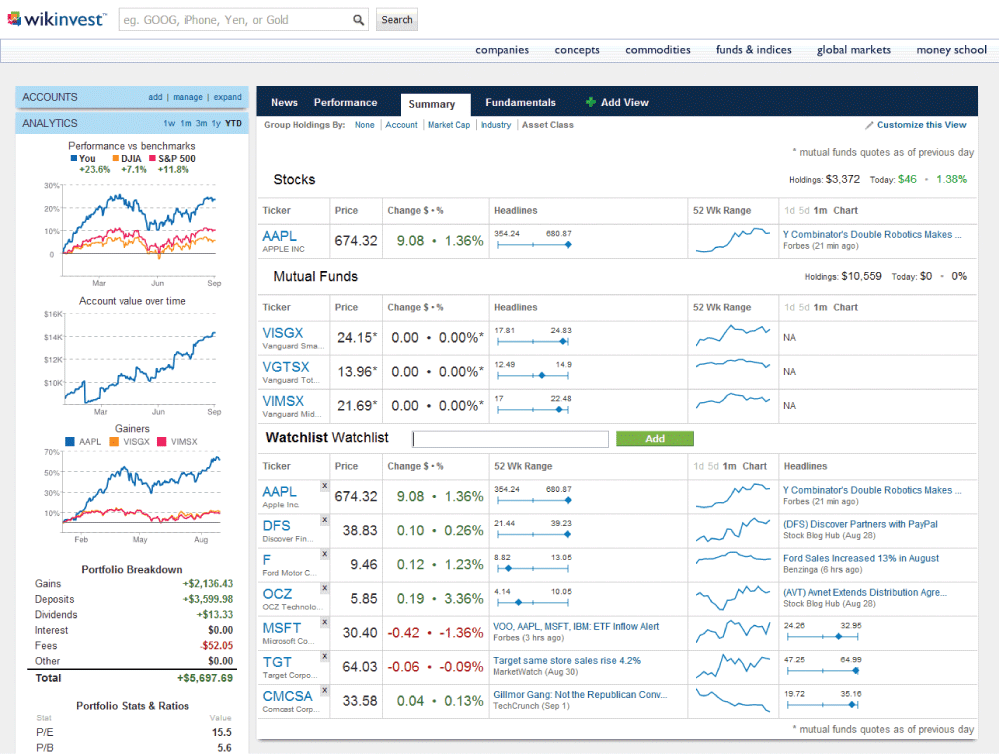How Mutual Funds are Priced Financial Web
Post on: 16 Март, 2015 No Comment

Many new investors see buying and selling mutual fund shares in the same light as buying and selling shares of stock . This is an inaccurate comparison for two reasons: first, mutual funds are redeemable securities. whereas stocks are tradable securities. Mutual fund shares can only be bought from and redeemed with the sponsor company itself or one of its selling group members. Secondly, the daily purchase and sale prices of mutual funds are determined in a completely different way from that of a corporation’s common stock offerings.
The method by which the purchase and sale prices of mutual fund shares are determined is known as forward pricing. Each mutual fund computes and reports its shares’ net asset value (NAV) only after the stock markets close each day. There is no continuous pricing of fund shares throughout the trading day. When an investor places an order to buy or sell a fund’s shares, the order is executed based on the NAV calculated at the end of that trading day, regardless of what time during the day the order was placed. On the other hand, if the investor were to check the price of his or her fund shares halfway through the business day, the price quoted would be the previous day’s NAV because that was the last time the fund calculated and reported the value.
Forward pricing is used in the mutual fund market due to the constantly changing nature of the basic product. The prices of the securities in the fund’s portfolio fluctuate continuously throughout the day; in addition, the fund is taking buy orders and redemption requests all day long. Because of this ongoing activity, the number of shares that the fund has outstanding changes every trading day. After the close of trading (4:00 PM Eastern Time), each fund must calculate its NAV.
First, the fund will mark to market its portfolio; in other words, it calculates the total value of securities and cash equivalents held in the portfolio based on their closing prices. From the total are subtracted any ongoing expenses, fees, and trading costs. Finally, this net amount is divided by the number of shares outstanding (based on the quantity of buy orders and redemption requests received during that day). The resulting figure is the fund’s net asset value per share. Each mutual fund must report this value to the National Association of Securities Dealers (NASD) by 5:30 P.M. Eastern Time each trading day; it is then distributed to the public.
The NAV can be thought of as the approximate liquidation value of an investor’s shares. Since all redemptions are executed at a fund’s NAV, the dollar amount is the approximate cash per share that would be received (less any applicable back-end sales and redemption fees) if the shares were liquidated.
It must be remembered, however, that forward pricing is nothing more than an industry practice that determines when a fund’s NAV is calculated and circulated to the public. It is not a tool for determining when to buy or sell a fund’s shares. Such decisions must be based on other factors, such as investment objectives and individual time horizons, as well as the investor’s expectations for the fund’s performance.
$7 Online Trading. Fast executions. Only at Scottrade














